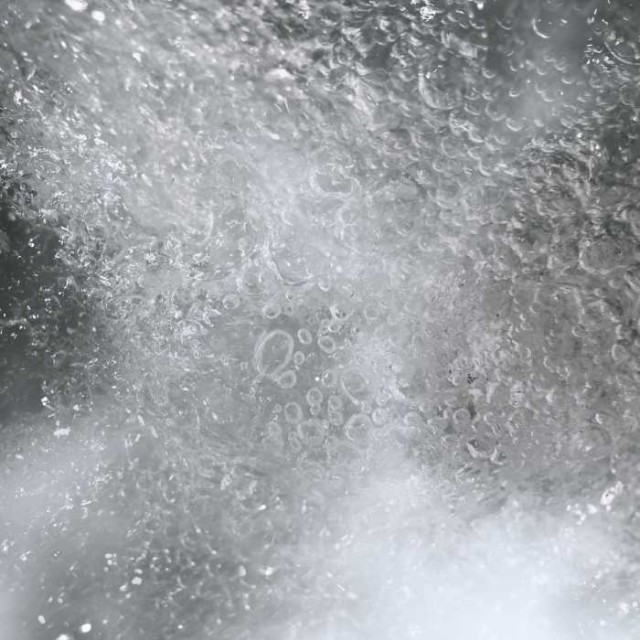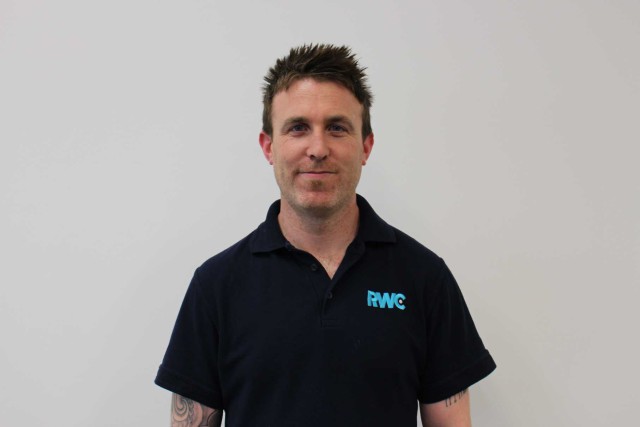Burning issues – the importance of safety valves in hot water systems

Incidents of scalding caused by hot water are on the rise, but there are easy ways to minimise this risk, including tempering valves and thermostatic mixing valves. Here, Richard Bateman of RWC UK looks at the issues and the solutions, giving tips about correct installation and maintenance.
As plumbing and heating installers, we’re all aware of the dangers of Legionella, and the need to maintain water temperatures around 60-70°C in order to kill it off. While this solves the bacterial health risk, it also gives rise to another hazard – scalding. Burns caused by hot water from taps is rising steadily according to NHS data, and bath water scalds are rated as one of the most painful experiences that can be endured.
Although these cylinders have fail-safe mechanisms including expansion vessels, thermal valves and pressure relief valves, they’re still subject to poor installation, maintenance and potential component failure. Moreover, while these protect the cylinder, they can’t prevent the water heating to dangerous temperatures long before the safety devices kick-in.
Hot water splash back could potentially cause serious scalding injuries in less than three seconds. There are two effective solutions to this problem: tempering valves and thermostatic mixing valves (TMVs), both essential factors in safe hot water systems.
Thermostatic mixing valves – a certified solution
TMVs use an internal thermostat to automatically achieve and maintain safe water temperatures, typically around 48°C. In the event of hot or cold-water failure, they quickly shut down. There are two TMV schemes available. TMV2 which is designed for domestic, commercial and public buildings and the TMV3 which must be used in hospitals, care homes and other healthcare environments. Both comply with key British Standards, but TMV3s also meet other requirements, including the NHS D08 regulatory standard.
In 2012 TMVs became a legal requirement in all new domestic and commercial builds as well as in any properties undergoing a change of use (Part G building regulations). There is a wide range of TMVs available to meet the requirements of different applications.
TMV installation and maintenance
There are specific installation requirements for each application. For instance, while public toilets or showers can use a single TMV to serve multiple outlets, in hospitals it is necessary to install a separate valve for every water outlet identified in the risk assessment. Equally, in domestic properties, they should always be fitted directly under the bath and aren’t suitably designed to be installed directly to a cylinder.
In all cases, it’s vital to check product data sheets to ensure the right flow rates for the application, and to connect the hot and cold water pipes the right way around. This might sound obvious, but mistakes do happen, and the consequences can be very serious. In safety, every detail should be checked and double-checked for peace of mind.
Equally, wherever possible, TMVs should be installed into easily accessible spaces to simplify maintenance and servicing. Here, RWC’s Ausimix Compact Telescopic TMV is a game-changer. WRAS approved for TMV2 and TMV3 applications, it’s a great solution when space is hard to come by. With adjustable union connectors, its application is extremely flexible, especially in retro-fit installations. Able to deliver 35 l/min at 2.5 bar pressure and a unique temperature adjustment tool incorporated into the cap, the Ausimix Compact Telescopic is also Building Regulation Part G and D08 compliant.

All TMVs must be regularly serviced and tested in order to validate certification. In the case of TMV2s in commercial applications, this should be annually. For TMV3 valves it’s more rigorous, including detailed periodic checks six to eight weeks after installation. These tests include a temperature calibration check, hot spike and stability testing, as well as ensuring the fail-safe shut down response time is as it should be.
It’s best practice to keep a detailed checklist for every installed TMV, including temperature settings, and giving copies to the building owner/landlord for peace of mind. Another valuable anti-scalding solution comes in the form of tempering valves.
Tempering valves – effective and easy to install
Tempering valves provide a reliable and easy to install back-up for pressurised cylinders. Fitting easily onto the hot water outlet and cold mains water, they effectively regulate the outlet temperature for an entire property. The valve is pre-set at 55°C, significantly reducing the risk of scalding while maintaining protection against Legionella. Any excessively hot water leaving the cylinder is mixed with cold to ensure a safe and stable temperature.
Tempering valves can be set at higher temperatures than TMVs and provide protection from temperature fluctuations at outlets where TMVs are not installed.
Though not legally required, tempering valves add an extra safety layer, helping protect homeowners from the risks of scalding as well as protecting housebuilders from potential litigation. By recommending them, installers are doing the right thing and demonstrating commitment to their customers’ well-being.
Tempering valves - installation and maintenance
Installation of tempering valves is quick and easy, especially with devices such as Heatguard from Reliance Valves. To ensure even easier installation, this comes complete with 22mm compression connections, while a tamper-proof cap keeps the valve safe in openly accessible places. The functioning of tempering valves is further enhanced with strainers in order to catch debris. These need to be serviced and cleaned if there’s ever a drop in temperature.







